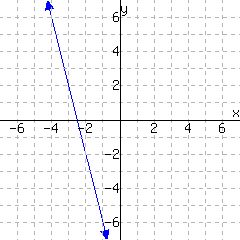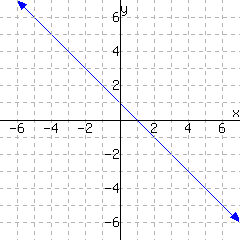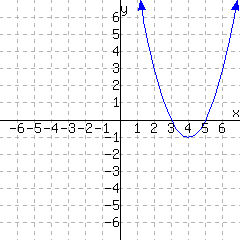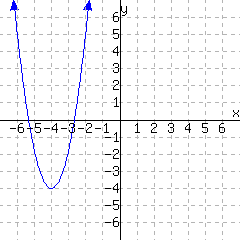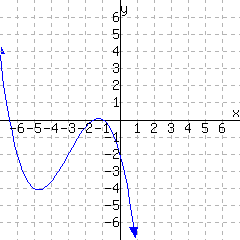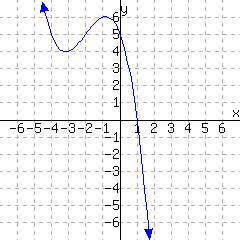21
Solve the compound inequality algebraically.
\(\displaystyle{-14 \lt 7 - x \leq -9}\)
\(x\) is in
22
Solve the compound inequality algebraically.
\(\displaystyle{-16 \lt 20 - x \leq -11}\)
\(x\) is in
23
Solve the compound inequality algebraically.
\(\displaystyle{19 \leq x+13 \lt 24}\)
\(x\) is in
24
Solve the compound inequality algebraically.
\(\displaystyle{1 \leq x+7 \lt 6}\)
\(x\) is in
25
Solve the compound inequality algebraically.
\(\displaystyle{ 4 \le \frac{5}{9}(F-32) \le 50 }\)
\(F\) is in
26
Solve the compound inequality algebraically.
\(\displaystyle{ 8 \le \frac{5}{9}(F-32) \le 43 }\)
\(F\) is in
27
Solve the compound inequality algebraically.
\(\displaystyle{-10x-11\leq-20 \quad \text{and} \quad -2x-18\lt -10}\)
28
Solve the compound inequality algebraically.
\(\displaystyle{17x+6\leq9 \quad \text{and} \quad 18x-14\leq7}\)
29
Solve the compound inequality algebraically.
\(\displaystyle{-9x-8\leq-5 \quad \text{or} \quad -4x-15\geq-13}\)
30
Solve the compound inequality algebraically.
\(\displaystyle{-12x-13\geq-11 \quad \text{or} \quad -7x-1\lt -17}\)
31
Solve the compound inequality algebraically.
\(\displaystyle{13x+13\leq-13 \quad \text{or} \quad -5x+11\leq-4}\)
32
Solve the compound inequality algebraically.
\(\displaystyle{-9x+13\lt 2 \quad \text{or} \quad 16x-2\lt -1}\)
33
Solve the compound inequality algebraically.
\(\displaystyle{-13x+10\lt -7 \quad \text{and} \quad -3x+4\lt 8}\)
34
Solve the compound inequality algebraically.
\(\displaystyle{13x-14\lt -18 \quad \text{and} \quad 18x+8\leq-16}\)
35
Solve the compound inequality algebraically.
\(\displaystyle{ {6} \lt \frac{2}{5}x \lt {20} }\)
In set-builder notation, the solution set is .
In interval notation, the solution set is .
36
Solve the compound inequality algebraically.
\(\displaystyle{ {15} \lt \frac{3}{2}x \lt {54} }\)
In set-builder notation, the solution set is .
In interval notation, the solution set is .
37
Solve the compound inequality algebraically.
\(\displaystyle{ {5} \gt -1-\frac{3}{7}x \geq {-10} }\)
In set-builder notation, the solution set is .
In interval notation, the solution set is .
38
Solve the compound inequality algebraically.
\(\displaystyle{ {20} \gt 4-\frac{4}{5}x \geq {-8} }\)
In set-builder notation, the solution set is .
In interval notation, the solution set is .





